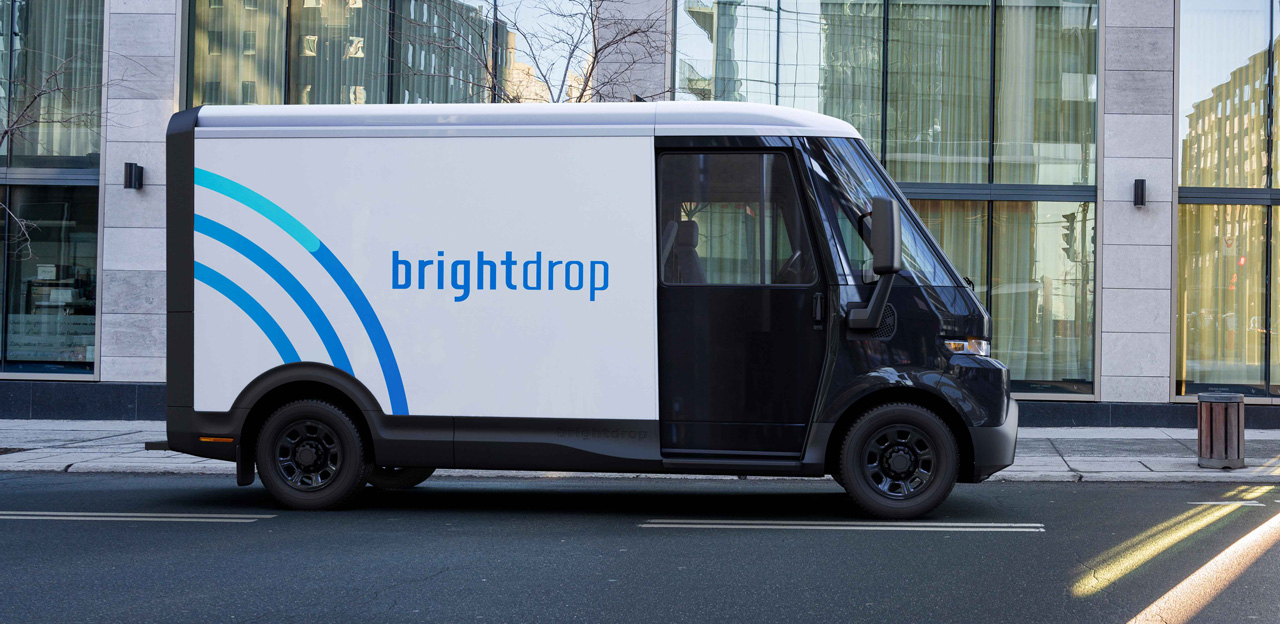On Monday, the first EVs, electric delivery trucks came off the assembly lines at BrightDrop‘s new facility in Canada. At the same time, the General Motors Co. subsidiary also named DHL Express Canada as its first international client.
It took GM seven months and more than $2 billion to convert Canada’s first significant electric vehicle (EV) factory for BrightDrop Zevo delivery trucks. The new EV is produced at its 185 thousand square meters CAMI Assembly facility in Ingersoll, Ontario. The facility previously produced the gasoline-powered Chevy Equinox.
According to BrightDrop Chief Executive Travis Katz, opening the retooled plant is a huge step toward offering EVs at scale. By 2025, he projects that the factory will produce 50,000 Zevo electric vans annually.
Its introduction comes as Ford Motor Co., Rivian Automotive Inc., Stellantis, and Arrival compete for dominance in the electric delivery truck market with GM’s quickly expanding commercial EV segment.
According to experts, BrightDrop has manufacturing and financial clout that most of its rival EV firms don’t due to its partnership with GM. Katz added that they can move along more quickly now.
According to Katz, who said that it took Tesla Inc ten years to reach the same milestone, BrightDrop, which began in 2021, is anticipated to make its first $1 billion in sales next year.
From makeshift EVs facility to ambitious factory replacing gas-burning service cars
In the past, BrightDrop produced vans in a makeshift facility in Michigan. 150 electric trucks have already been deployed to package delivery company FedEx Corp. Also Retailer Walmart Inc and communications provider Verizon Communications Inc. are some of the business’s additional U.S. clients.
These businesses, along with numerous others, have set objectives to gradually replace gas-burning service cars and delivery trucks with zero-emissions alternatives.
According to CEO Andrew Williams, the new partnership between BrightDrop and DHL Express Canada will help move us closer to that aim.
The profit matters too
As Chief Executive Mary Barra said last month, General Motors Co anticipates its electric vehicles to be profitable by 2025, with recently enacted federal subsidies filling the profitability gap between EVs and GM’s combustion fleet.
During a conference call prior to a presentation to investors in New York this November, GM’s CFO Paul Jacobson claimed that federal subsidies may increase pre-tax profitability for electric vehicles by $3,500 to $5,500 per vehicle. Pre-tax profits for EVs, excluding federal subsidies under the Inflation Reduction Act, according to GM, could be in the low to mid-single digits in 2025.
According to Barra and Jacobson, GM’s electric car fleet may approach profit margins similar to combustion vehicles with the help of federal subsidies.
Amid a previously projected range of $13 billion to $15 billion, Jacobson also informed investors that 2022 pre-tax profits will be between $13.5 billion and $14.5 billion. The automaker increased its projection for free cash flow in 2022 to $10 billion to $11 billion, an increase of 20% over the upper end of the prior prediction.
According to GM, the money raised from combustion engine models will pay for $11 billion to $13 billion in every annual capital expenditure until 2025.
The future is essentially being funded by the profits from these cars, GM President Mark Reuss told investors then.
Barra has spearheaded a sustained campaign to persuade investors that the Detroit automaker can thrive, reversing years of market share loss and withdrawal from unproductive ventures.

